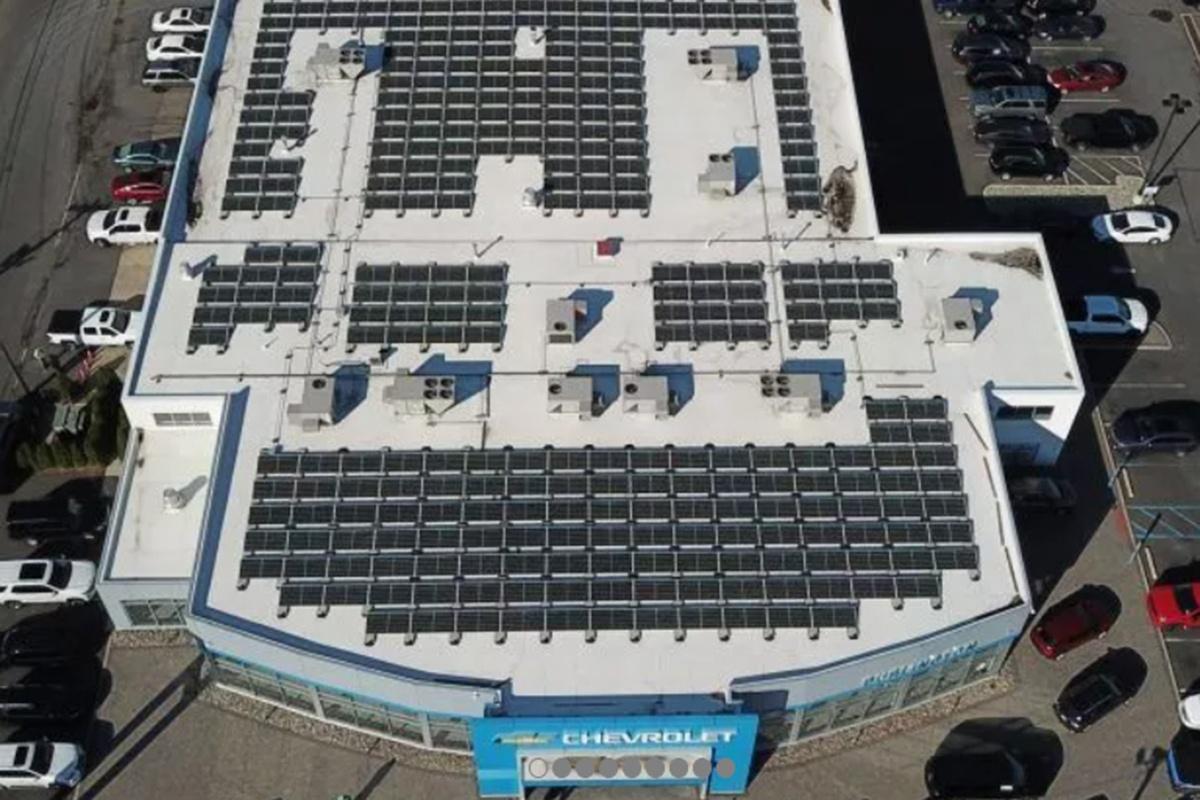Moore Energy Breaks it Down…
What’s the latest information on solar systems? Do they really make sense to install on commercial properties?
Solar Systems need to be evaluated like any other major equipment purchase for your business. To properly evaluate you should look at the three “P’s” - Price, Performance and Payback.
Price: In 2010, the State of Pennsylvania introduced the Sunshine Rebate Program to encourage homeowners and businesses to install Solar Systems on their properties. At the time, a fully installed 100 kWatt Solar System cost about one million dollars. State and Federal incentives helped offset this cost significantly by bringing the “net” cost after incentives to about $400,000.
| Cost before incentives: | $1,000,000 |
| Sunshine Rebate | ($200,000) |
| Federal ITC and Depreciation | ($400,000) |
| Net cost | $400,000 |
As a result of these incentives, thousands of businesses throughout Pennsylvania made the decision to invest in solar and receive these benefits – because it made good financial sense. Other states had similar programs and the number of solar systems installed across country grew exponentially. As the solar industry continued to grow, more solar equipment manufacturers entered the market, significantly driving down the price of solar equipment, solar panels, inverters and racking.
Fast forward to today and that same 100 kWatt Solar System cost about $200,000 to install before incentives. After incentives, the Net Cost drops to less than $100,000 - roughly 25% of the net cost to install in 2010! An amazing price decrease that is continuing to fuel businesses going solar today.
Performance: In 2010, a typical 60 cell solar panel produced about 200 watts of electrical energy on a sunny day. So, for a 100 kWatt solar system you would need roughly 500 solar panels installed on your roof or in a nearby field. Keep in mind, each solar panel measures about 3 by 6 feet and weights approximately 50 pounds.
Over the past ten last years, as a result of rapid advances in technology, that same solar panel today produces close to 500 watts of electrical energy and weighs less. In other words, the performance output of a solar panel has more than doubled. What does this mean for a business owner? It means that the amount of space required on a roof or in a field is half of what it was in 2010. That same 100 kWatt Solar System installed today will be made up of roughly 200 solar panel versus the 500 solar panels needed in 2010. Fewer solar panels means less space, less labor to install, and less weight on your roof.
The technology for monitoring a Solar Systems performance has also greatly improved. In 2010 most Solar Systems had a glass meter on site to measure the performance of the solar system. Someone had to read the performance meter in person on site. This was very time consuming. Today there are Apps that provide real time performance information on each solar panel. This is just another small example of how advancements in technology are improving solar systems.
Payback: As we all know, the payback period is critical calculation for evaluating whether to purchase a piece of equipment. Depending on the type of equipment and useful life, investments in large equipment (on par with solar investment) typically have a payback period ranging from five to twenty years for most businesses. The longer the useful life usually means a longer payback period. This is where Solar Systems really stand out.
Solar panel manufacturers typically provide performance warranties for a full 25 years. The actual life expectancy is much greater, far exceeding most types of equipment purchased for a business. Despite this long useful life, the average Payback period for a solar system installed in Pennsylvania is averaging four to five years. After the Solar System is fully repaid in a few years, the business owner will enjoy many years of “free” electrical power.
So there you have it – those are the three “P’s” (Price, Performance and Payback) used to evaluate business investments and the reasons why Solar Systems hit the mark for each of them.
But wait – there’s two bonus P’s I want to leave you with: Planet and People. They don’t impact the bottom line but for a number of reasons they may be the most important P’s of all.
There is not a day that goes by without hearing about some type of environmental hazard that is adversely impacting our planet. From uncontrollable wildfires in dried out forests, flooding in places that never had problems before or weather patterns that are destroying vast neighborhoods. It’s all resulting from climate change caused by an excess production of carbon gases. There will always be a case for having a balanced source of natural resources to supply our energy needs, but the more we can transition from fossil fuels to renewables, I think the better our planet will be for it.
And People. As business owners we are accountable to our employees, customers and neighbors surrounding our businesses. Installing renewable energies such as solar demonstrates your commitment to our environment and the people who depend upon it.
Go Solar and achieve the five “P’s”!

If you’re interested to learn more, we at Moore Energy are ready to help you see if solar can work for you! You can visit our website at www.mooreenergy.com or give us a call at 267-980-5625.


